We live in a world where green spaces are constantly shrinking. As humans encroach further into undeveloped lands, we drive out and displace much of the wildlife that exists there. Wouldn’t it be nice if, as gardeners, we could do our part to help sustain these valuable populations?
As individuals with limited space and resources, it can feel daunting to determine how we can make a difference. There seems to be so little we can do to counteract the destruction of wildlife on our planet. But that is one of the beauties of the gardening life.
Some actions we take, however small, still impact the earth as a whole. Other habits will help create a yard full of wonderful diversity and wildlife. If you’ve wondered what steps to take or habits you can form to make this happen in your space, I have some great ideas to share!
Bokashi Kitchen Compost Bin 2.5 gal.
Say goodbye to traditional composting struggles with this Countertop Compost bin’s compact design and efficient composting process. Not only is it the simplest and most cost-effective method, but it also works like magic, transforming your food scraps into valuable compost in just 14 days!
Leave Some Seedheads
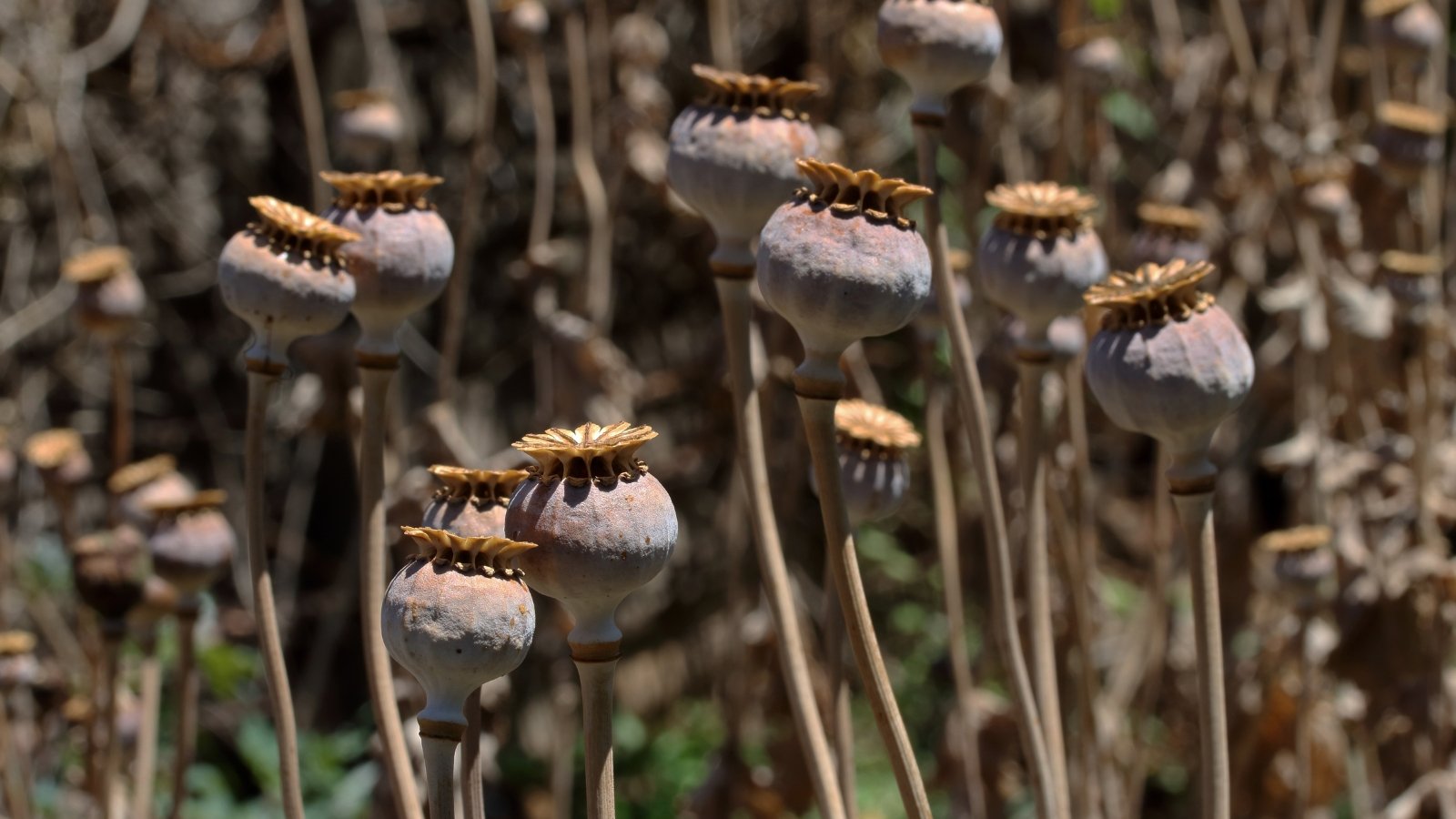
Collecting seeds in the fall is a wonderful way to stretch your garden budget. If you collected all the seeds your plants produce, you would probably have difficulty making room for them.
Rather than cutting down the rest of your seed heads, leave them intact or on the ground. As they decompose, they act as natural mulch, and the seeds feed wildlife.
Birds and small mammals depend on seeds as a valuable part of their fall and winter diet. Seeds are high in fat and carbohydrates, which help get these small animals through the winter when food is scarce.
Solitary bees often hibernate in the cavities of spent seed heads. Other garden insects also find shelter in the seed heads and stems of spent flowers.
When you collect your seeds, cut only the pods you want to keep and leave the rest. Not only will they feed the wildlife, but they may self-sow and pop up in the spring. I don’t know about you, but I certainly love a surprise zinnia.
Don’t Rake
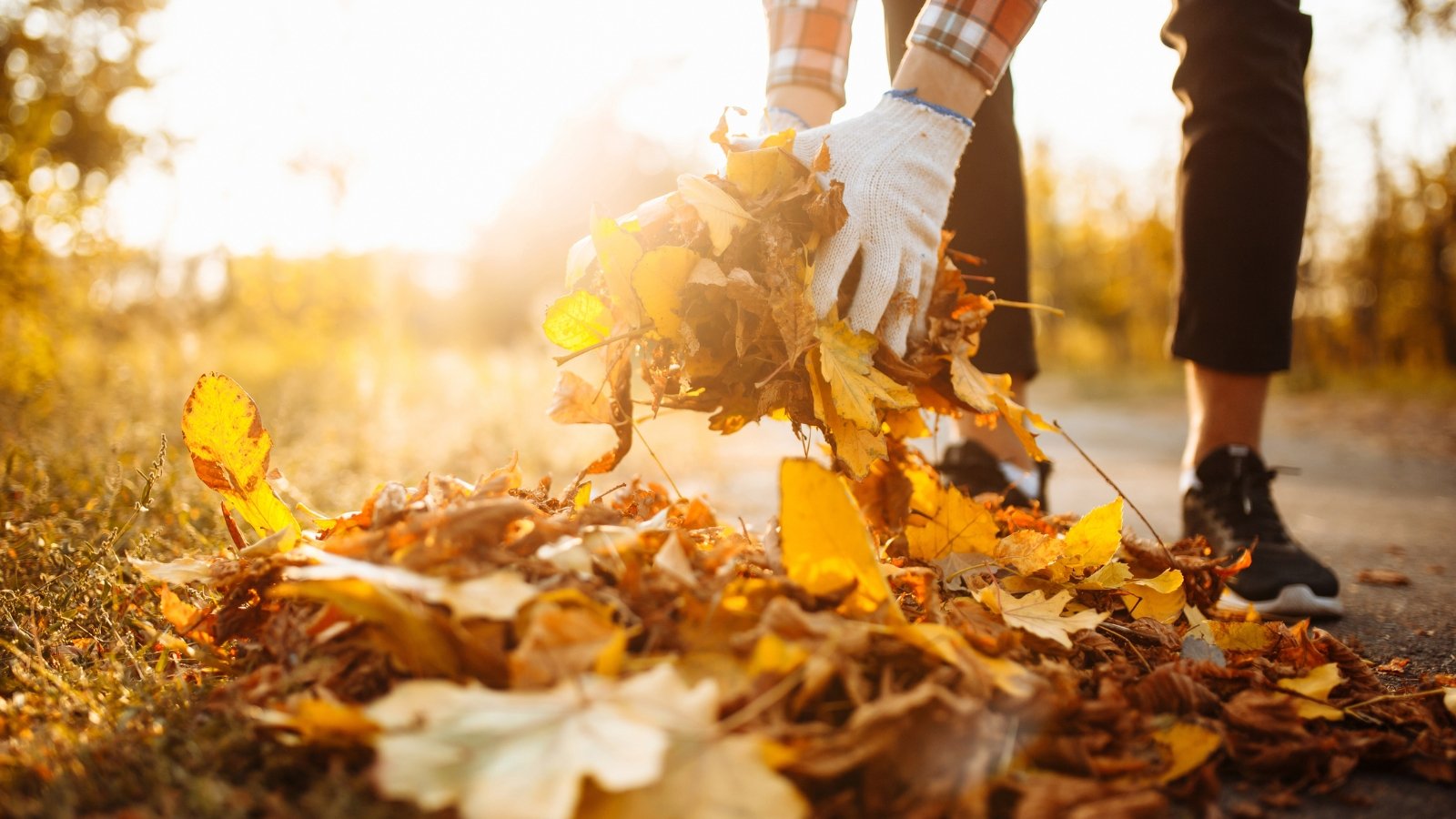
It’s a bit misleading to say that you shouldn’t rake at all. Just don’t bag all of your leaves and leave them by the curb. Many creatures overwinter in those leaf piles. They are likely to stick around if they can hibernate in your yard.
It might surprise you what type of wildlife sleeps in your leaf litter. Salamanders, some turtles, and bumblebees hibernate here. The pupae of gorgeous, green luna moths overwinter under the leaves, along with those of many butterfly species. Adult mourning cloak butterflies crash here as well.
Leave the leaves as they lie in areas of the yard where they won’t bother you. When you clean up the other areas of the yard, relocate leaves rather than dispose of them.
Gather leaves with a blower or a rake and pile them up in spaces where they can decompose. You can even mulch with them. Next fall, these piles will be valuable compost that will help enrich the soil in your beds.
Plant Trees or Shrubs

Fall is a good time to plant trees and shrubs. The soil is still warm, and there is often increased rainfall. The air, however, is nice and cool. Plants establish roots quickly under these conditions. The lack of stress from the heat allows them to use their energy to grow strong roots.
What does this have to do with wildlife? It can mean quite a lot, depending on what you plant. In general, trees and shrubs provide birds and small mammals like squirrels with a place to nest. I find medium to large shrubs with dense foliage to be the preferred choice for many birds.
Aside from providing a nesting site, trees and shrubs that produce flowers and fruit are amazing food sources. Bees are very opportunistic about collecting nectar. They use a lot of energy flying about and prefer to conserve as much as possible to bring more home to feed their young. As a result, pollinators seek out plants that produce many flowers in one area.
Once the pollinators have had their way, fruiting trees will produce food for other animals and humans, too! Many animals like to eat fruits and berries. Even the trees that don’t fruit will produce tons of seeds.
Go Easy On Mulch
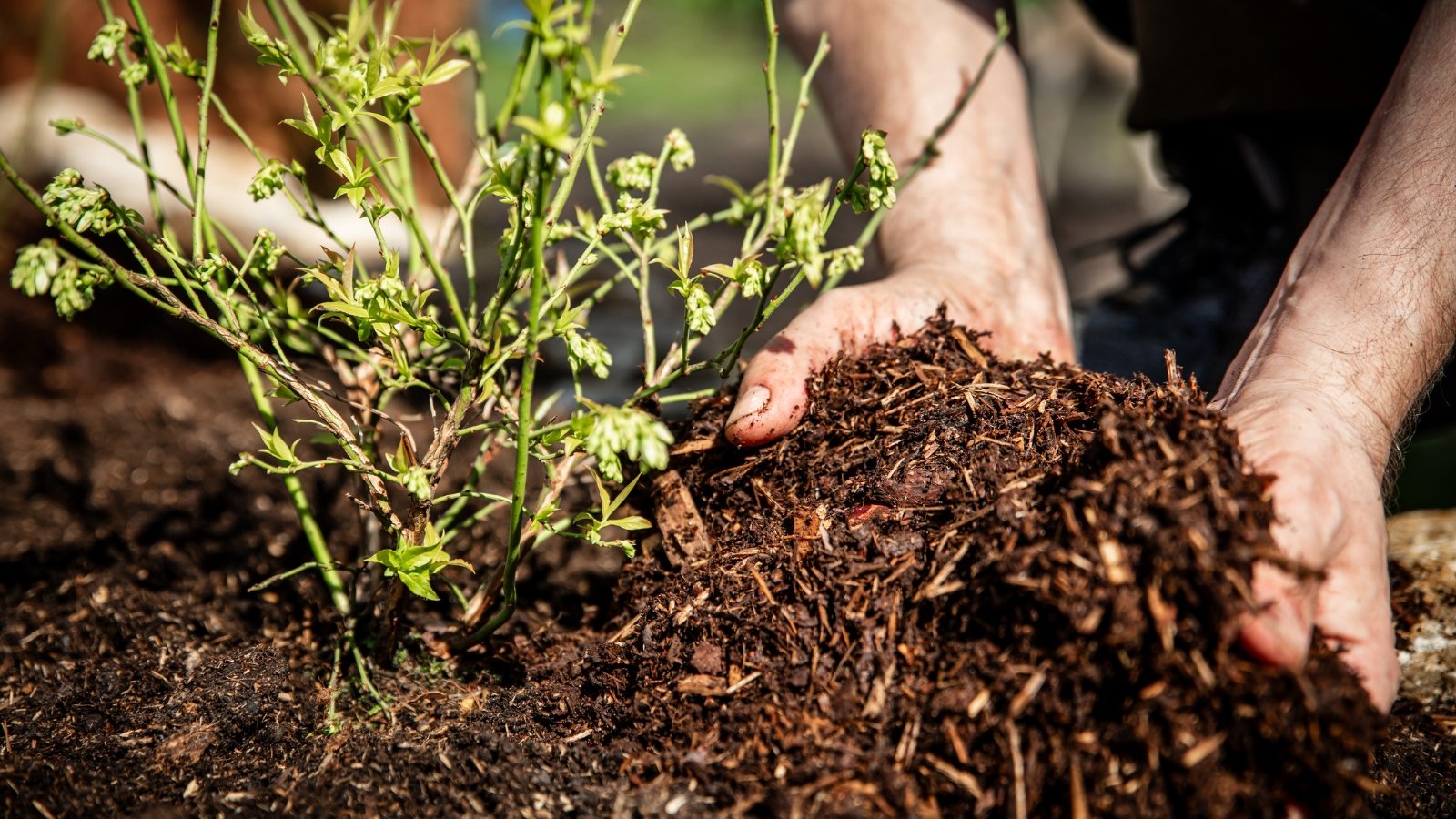
There is a complicated relationship between wildlife and mulch. There is also a fine line between too much and not enough. Depending on the animal, mulch can be beneficial or detrimental to wildlife.
Mulch is great for soil. It holds in moisture and encourages the proliferation of healthy microbes. Worms hang out in these spaces, and worms feed the soil and birds. Mulch is also attractive to rodents, which can be good or bad.
On the downside, mulch can prevent native bees that hibernate in the soil from digging their nests. Dyed mulch that is treated with chemicals can also be harmful to wildlife. This is where your fallen leaves shine.
Keep Up Your Compost
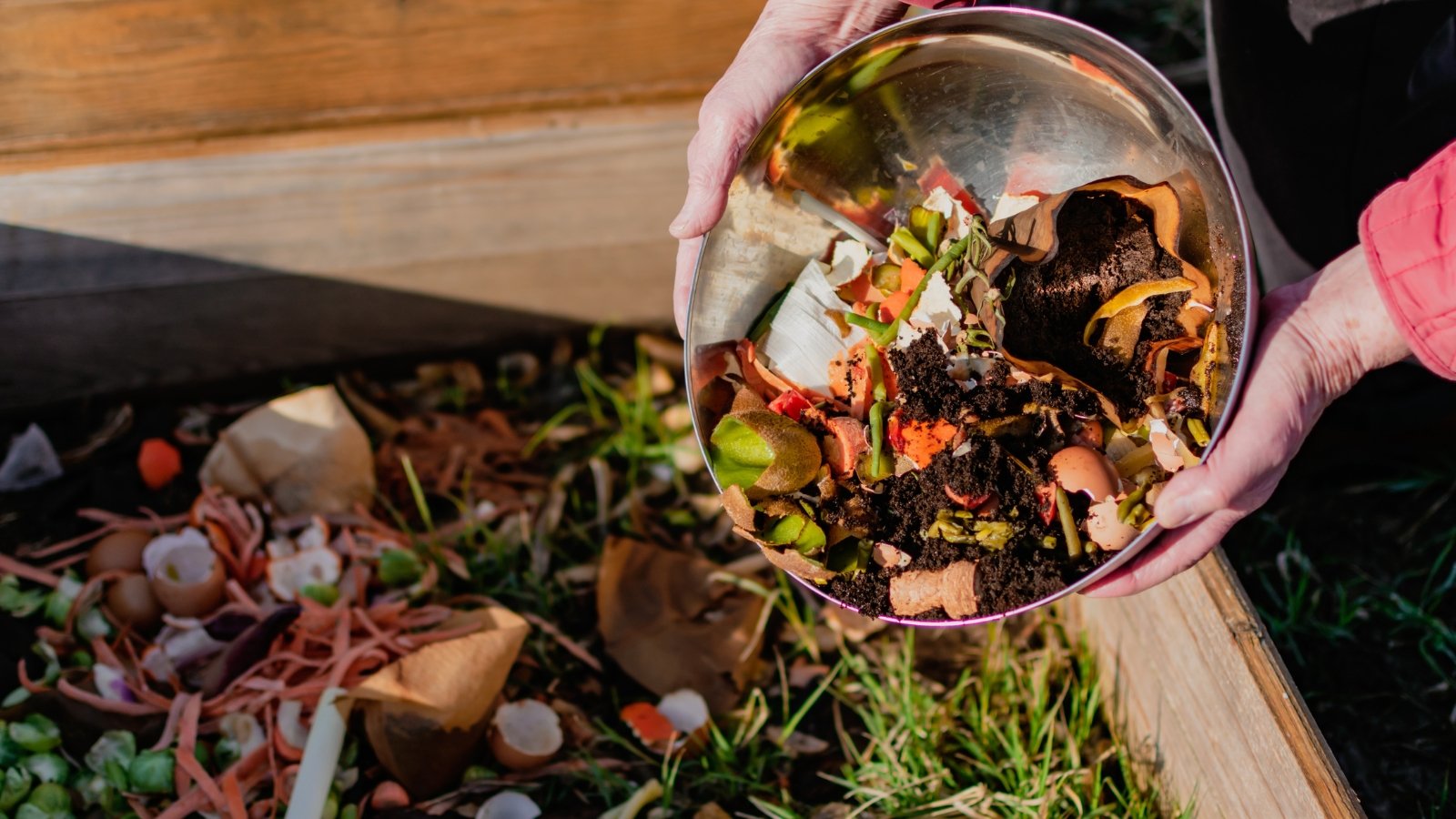
Composting is a valuable way to help the wildlife in your yard. The reasons may be less direct than those of other methods, but they are sound.
Composting, in general, is beneficial for the environment. For one thing, it reduces waste that would otherwise end up in a landfill. It also puts valuable nutrients back into the soil instead of rotting in plastic bags that take over a decade to decompose.
On a direct level, compost benefits your garden’s soil and ecosystem. It reduces erosion and runoff, conserves water, aids in root development, and feeds the plants that produce food.
Composting has many positive effects on the environment, both small and large. Preserving the environment and enriching the soil in your own yard are both ways to support wildlife populations.
Feed the Birds
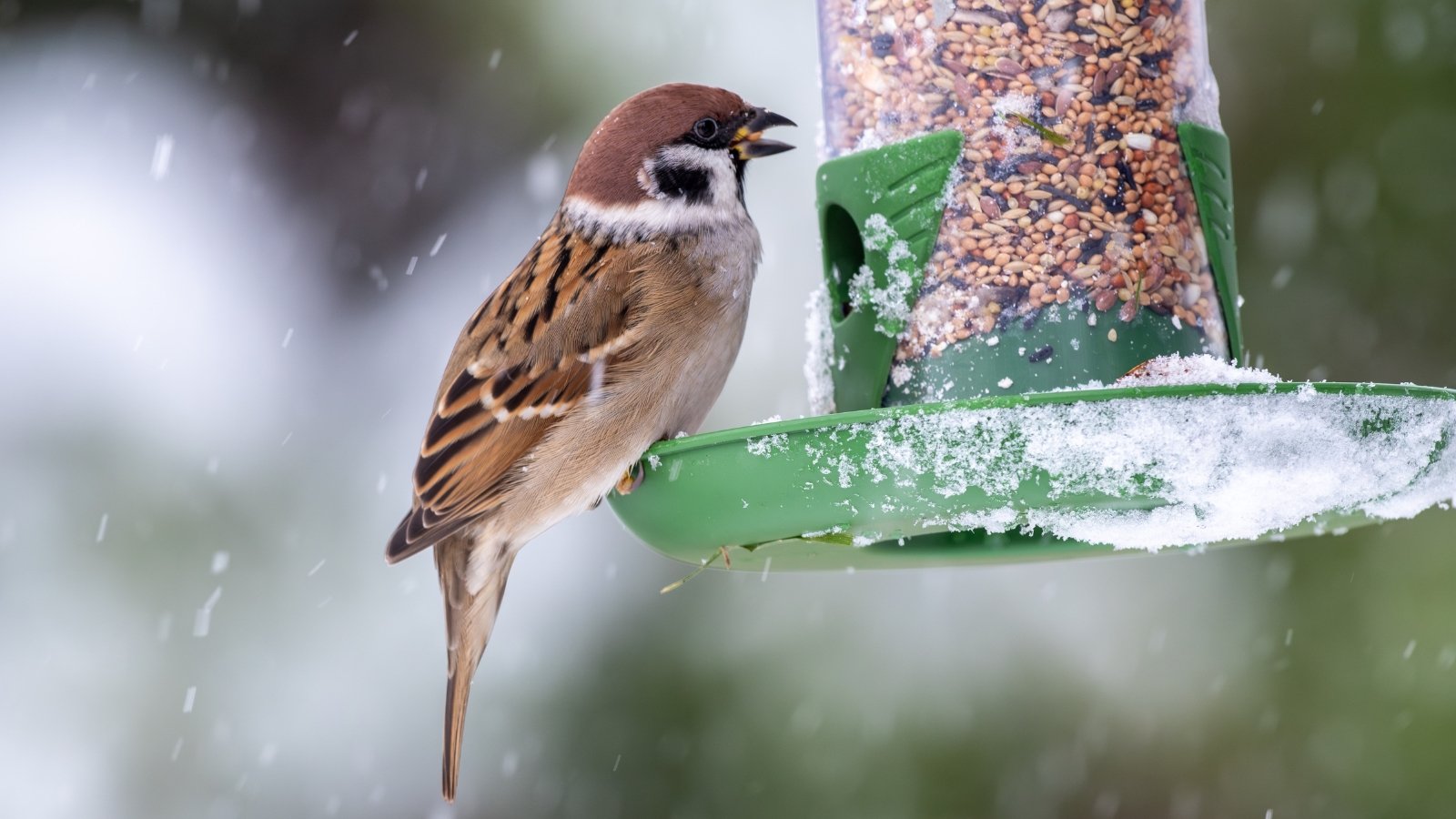
I know this seems like a no-brainer, but feeding wild birds is a key way to support and attract them. We’ve talked about leaving seed heads and planting trees that provide food, but there are even simpler ways to supplement wild birds’ diets. Filling your bird feeders is especially important in the winter.
I keep feeders all around my yard. I love to watch the birds come and go, so my favorite type are the clear acrylic feeders that suction to the outside of a window. These also seem more difficult for squirrels to get to, and we all know how destructive squirrels can be to bird feeders.
Fill your feeders with a variety of different items. Nuts, seeds, and dried fruit are always backyard favorites. Cardinals go crazy for sunflower seeds and mix some smaller seeds for the titmice and wrens. Add some mealworms to the mix if you love bluebirds and songbirds in general.
Build a Bat House
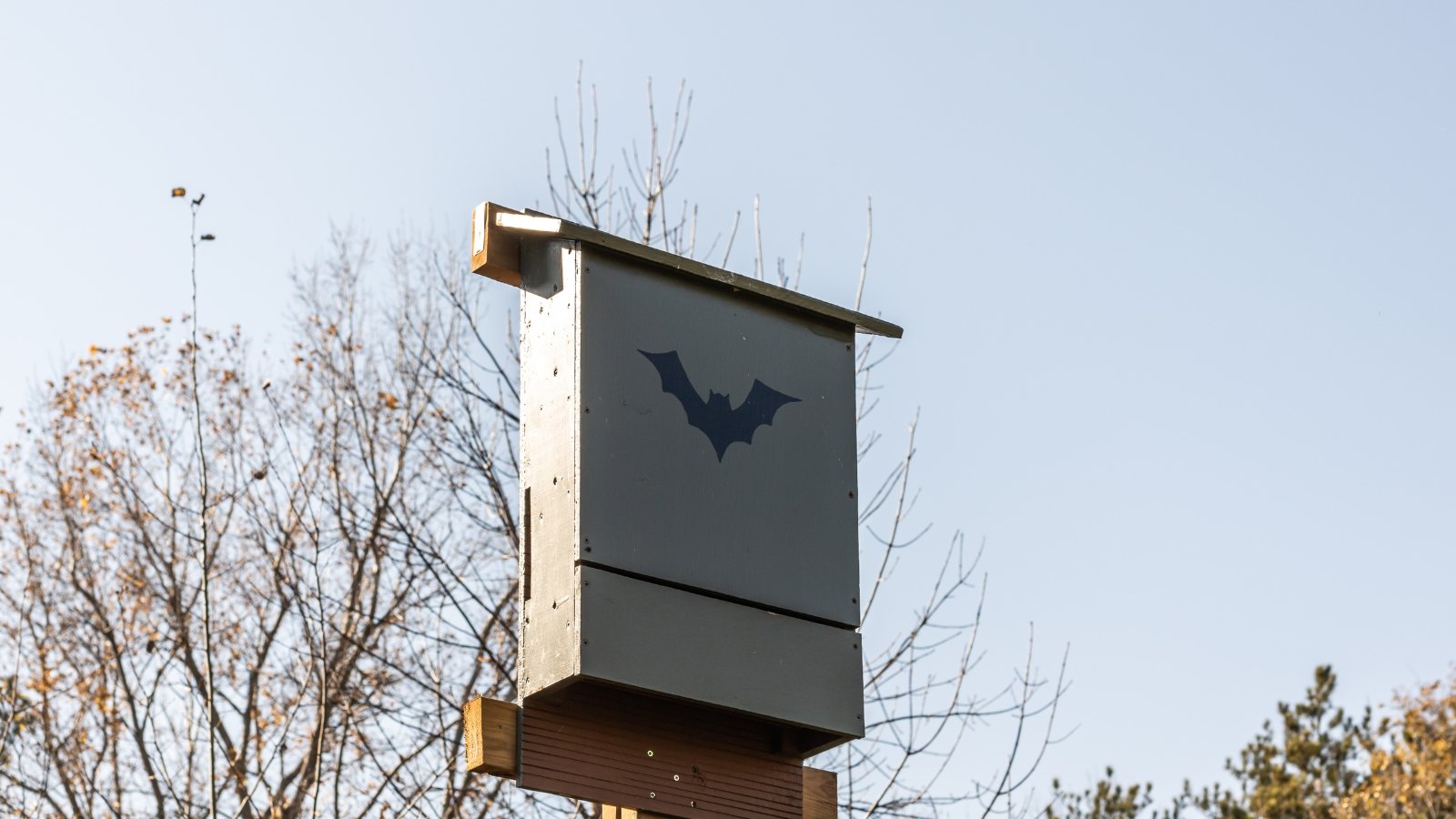
Bats are fabulous creatures to attract to your garden. Their droppings make an excellent fertilizer, which feeds the soil and promotes a healthy ecosystem. Additionally, a bat can eat as many as 1,000 mosquitoes in an hour. I can’t think of a better reason to make them feel at home.
To welcome and encourage bats to reside in your yard, they need a place to sleep. Bat houses are easy to find online and in garden shops. If you can’t find one or just like to build things, you can easily make one yourself.
Put your bat house high up in the air, at least 12-20 feet. Place it in direct sunlight, and keep it away from trees and other structures. Bats are vulnerable to predators, so trees are not a good place to put your bat house.
Plant Mindfully
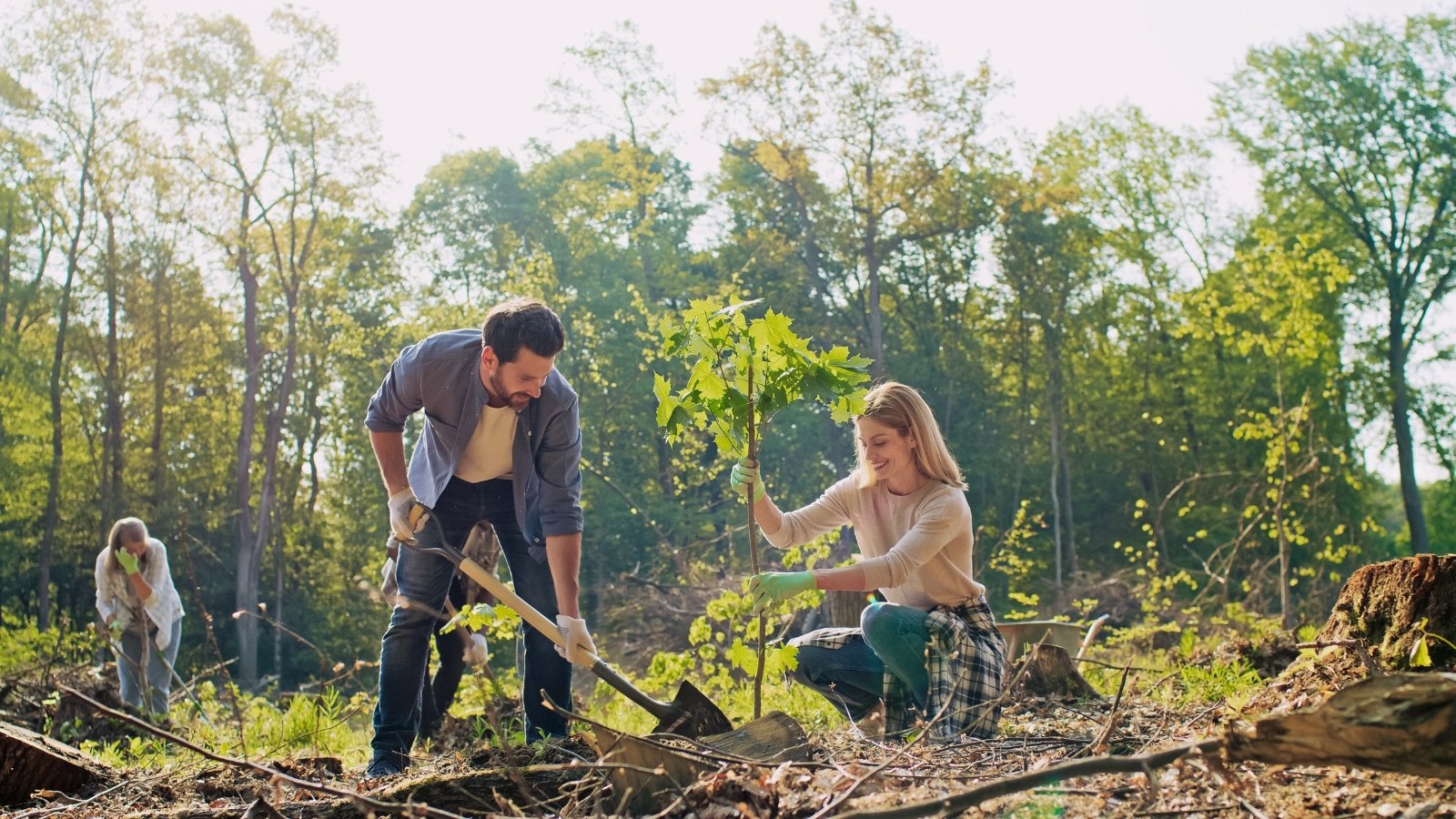
This one is a bit cryptic, isn’t it? What I mean when I say to plant mindfully is to pay attention to what you’re planting and how it affects the wildlife.
Creating diversity in your garden is more important than focusing on one or more specific plants. You should do what you can to provide food sources for different creatures at all times of year.
Plant things that flower during all the different seasons. Consider when various plants go to seed, when they produce fruit, and when they are dormant.
Another thing to be mindful of, and I say this as someone who doesn’t always follow the rules, is that native plants are vital. By planting things that are native to your region, you feed the wildlife what they have evolved with.
Butterflies, in particular, need specific plants, called host plants, to reproduce. These plants are where they lay their eggs so that their larvae can eat when they hatch. Planting host plants will draw these species to your garden and help them to complete their life cycles.
Avoid Pesticides
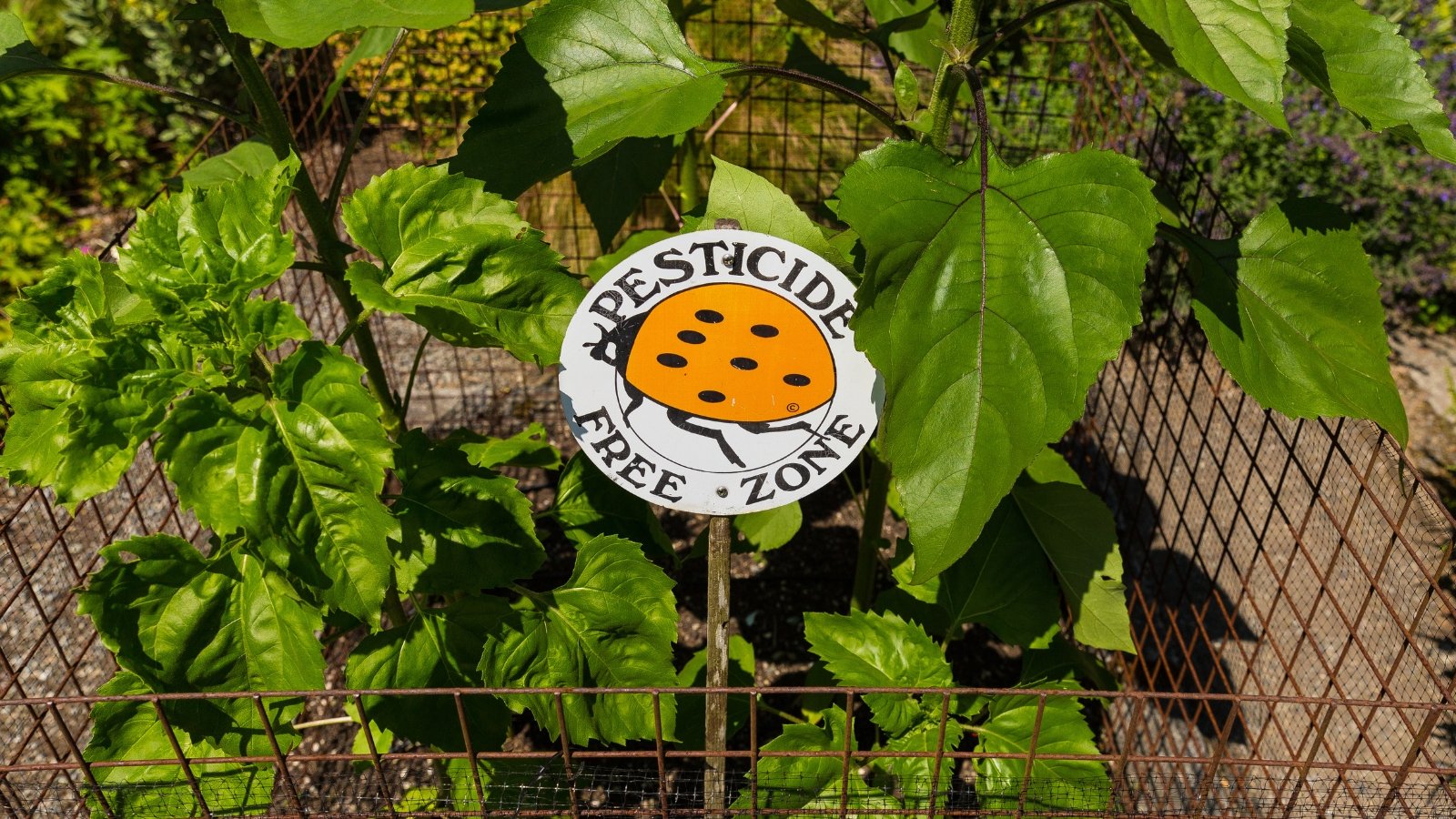
I’m sure the reason to avoid pesticides in your yard is pretty obvious. Insects are very important parts of the food chain. Without them, many other animals would starve.
We often use pesticides in the garden to eradicate the bad insects, but we inadvertently harm beneficial insect populations. It also drives away much of the wildlife that depend on insects to survive.
If possible, avoid pesticides entirely. Of course, some infestations need intervention; I recommend trying neem oil or insecticidal soaps rather than systemic pesticides.
A balanced ecosystem will contain beneficial insects and animals that often keep nuisance insects to a minimum. Remember, the bad insects are food for the good ones.
Clean Up Sparingly
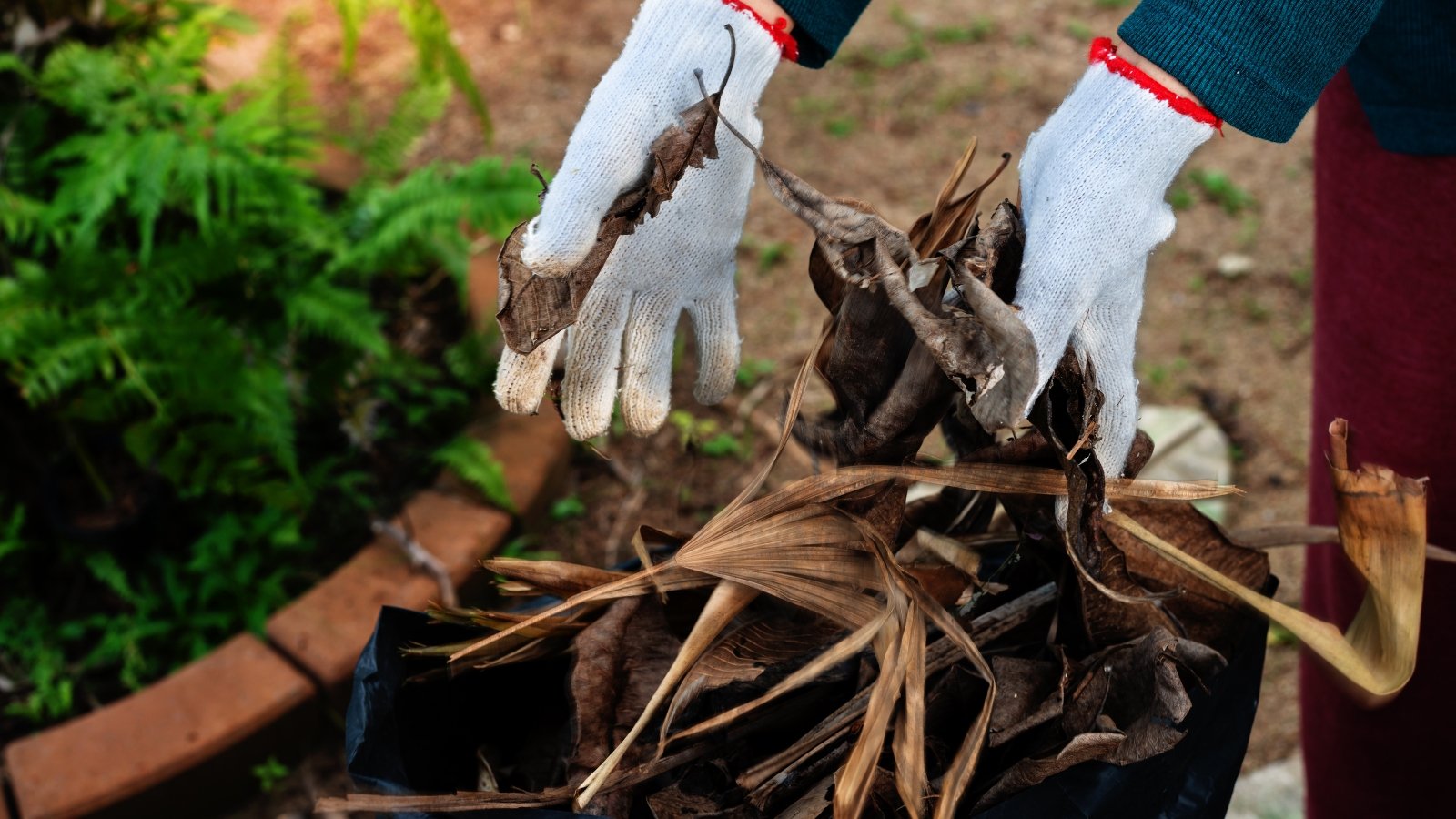
When cleaning up the garden, you can support wildlife by leaving things a bit wild. Thankfully, rewilding your yard doesn’t have to be ugly. I’m not suggesting that you should allow weeds to overtake your beds, but you don’t have to tidy up the entire yard in the fall.
This one isn’t always easy for me. By the time fall rolls around, I’ve been avoiding the heat for months and just want to spend every moment in the garden. Cleaning up large areas of the overgrown garden is so satisfying.
You don’t have to let your entire garden become a wildlife refuge to do some good. You can create an area of the yard that is primarily perennial and leave it as wild as possible.
Many beneficial insects overwinter in various areas of the gardens where they live. Some live in the soil where they have more protection, but you can still disturb them. Some, as we discussed, live in those piles of leaf litter.
A healthy insect population encourages wildlife like bats and birds to frequent your yard. Bats and birds eat large quantities of nuisance insects. Maintaining a space for one encourages the other to stay in the area and protects the healthy ecosystem.
Clean Out Nesting Boxes
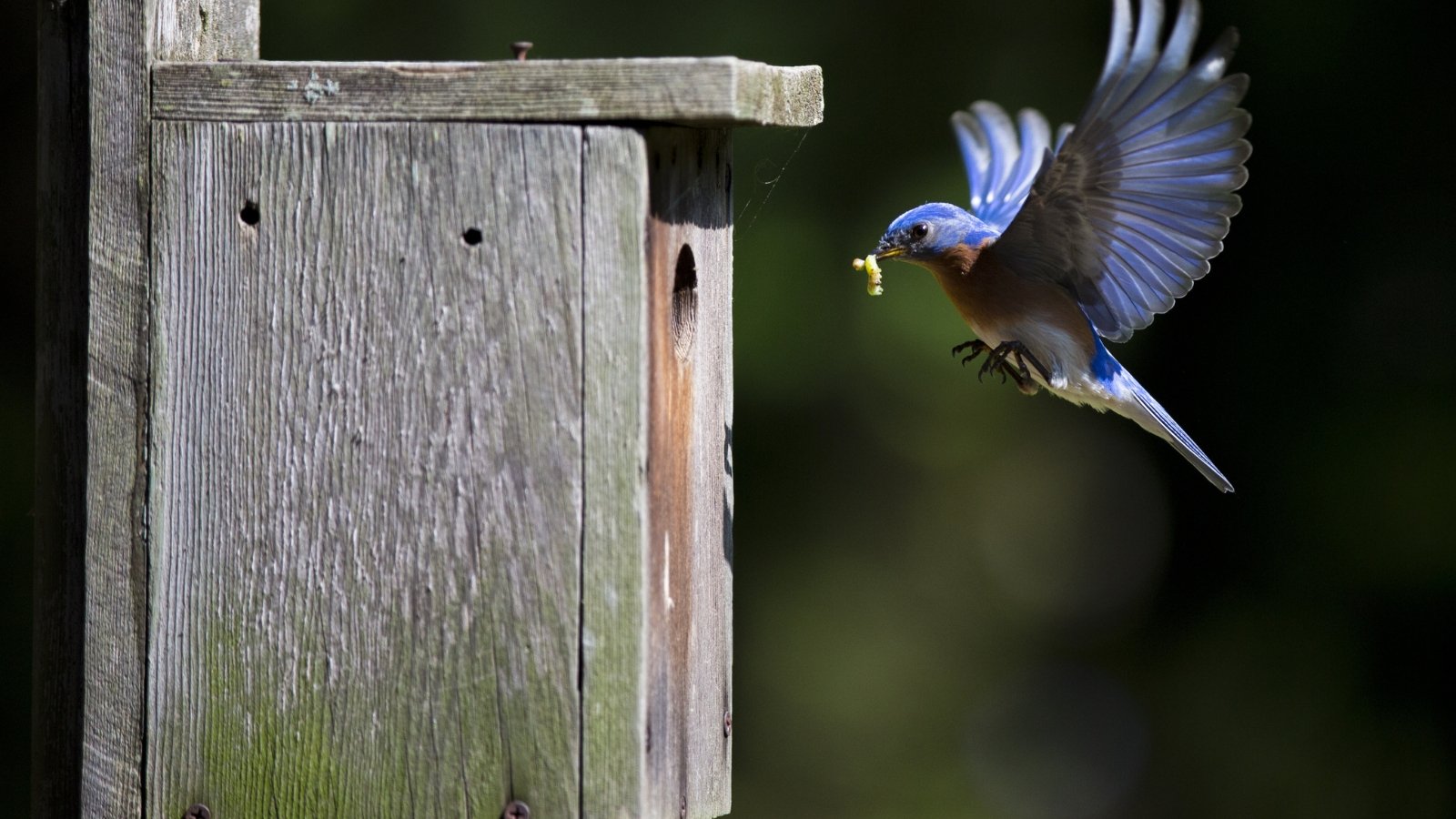
Fall is a good time to clean out any nesting boxes that you have in your garden. It’s great to give birds these additional spaces to nest. If you want new birds to use these spaces next spring, it’s good to clean out the remnants left by this year’s residents.
If you don’t have nesting boxes in your yard, hold off on installing new ones until the spring. Birds nest in the spring, so that is when they will be looking for a place to call home. There’s no point in adding the extra wear and tear of winter outdoors.
Build an Insect Hotel
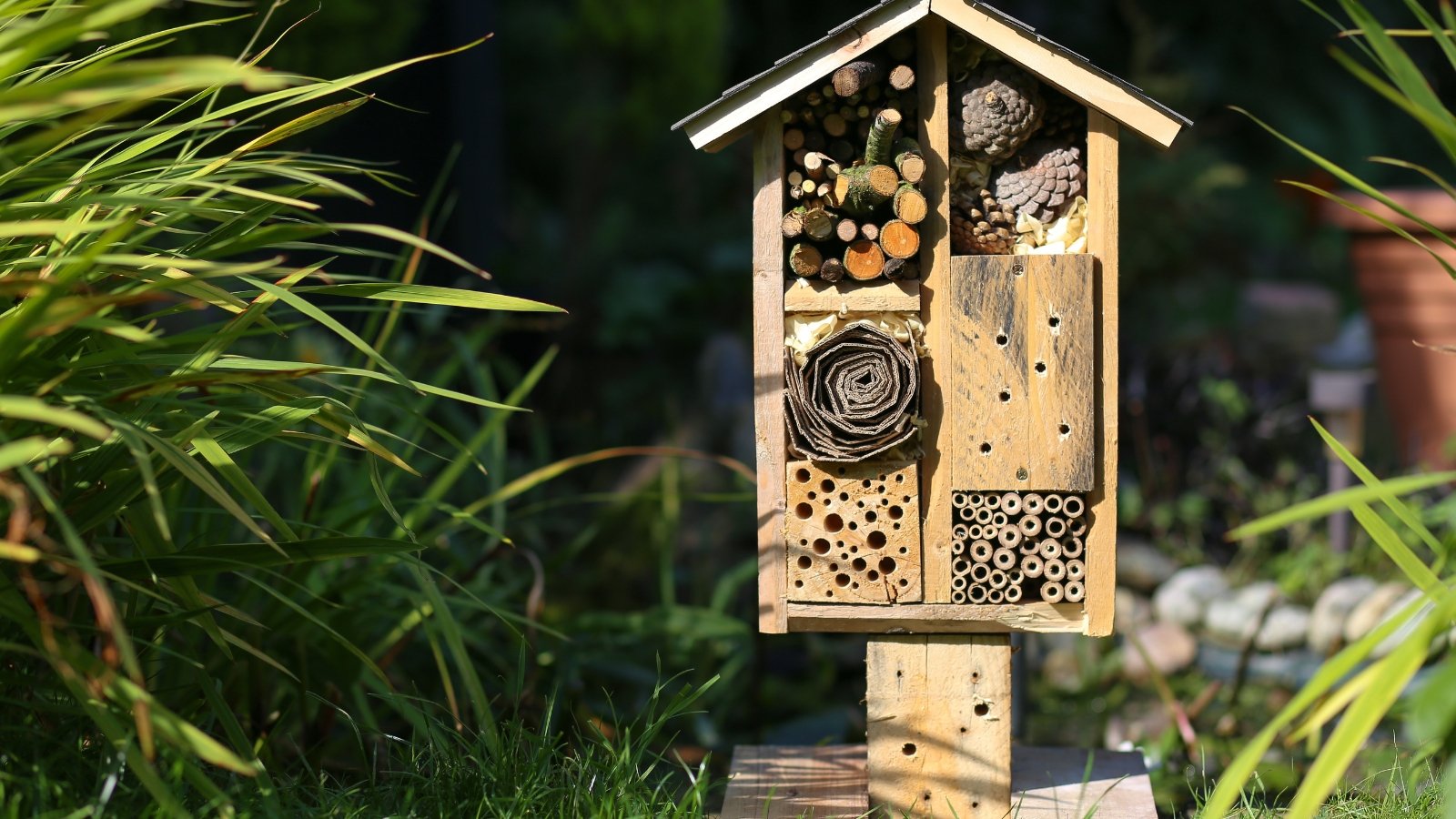
I’ve said it before: insects are important members of the ecosystem. They create homes in many places, some of which we have covered. You can also build an insect hotel to host some of the insects in your yard.
You can buy these in the same places where you’ll find bat houses. You can also build your own with materials that you might have around the house. All you need is a wooden box frame. Add nesting materials in the box, like cardboard, wood chips, pine cones, and other items that insects can burrow into. You may be amazed by the amount of insects that pollinate your plants next year.
Provide Water
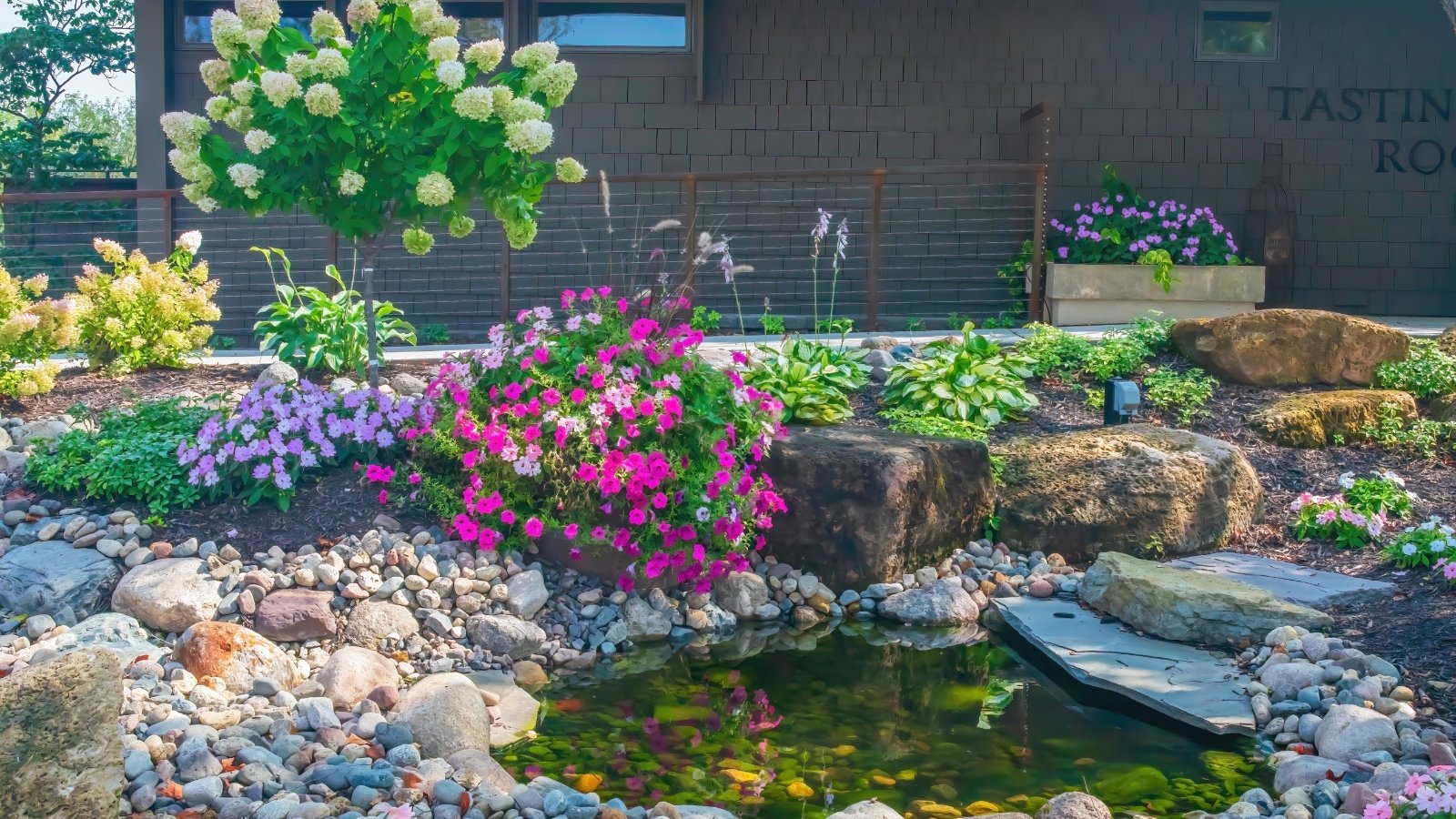
Finally, one of the simplest and most effective ways to support wildlife in your garden is to provide clean water. Every life form requires water for survival, and we share this need with the tiniest living organisms.
If you want to help birds, give them a place to drink and clean themselves. If you want to keep butterflies coming back, they need refreshments. Bees work hard and must stay hydrated to make it home in the evening. Bee watering stations will help keep them buzzing.
I dream of having a pond on my property and watching all the garden visitors stop by for a drink. For now, I’ll have to settle for birdbaths sprinkled here and there. However you provide it, water is vital in attracting and sustaining wildlife.






